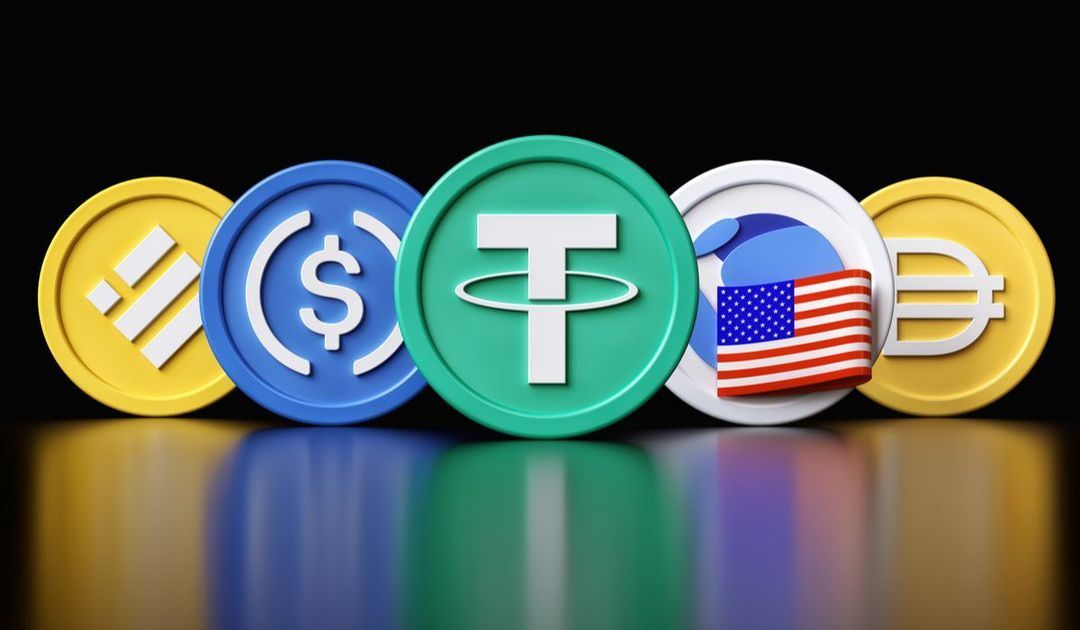Stablecoins: The Pillars of Stability in the Cryptocurrency Market

Stablecoins have emerged as vital components of the cryptocurrency ecosystem, providing stability amidst the often turbulent and volatile nature of digital assets. In this article, we delve into the growing prominence of stablecoins and their significance in bringing much-needed stability to the crypto market.
Understanding Stablecoins
Stablecoins are a class of cryptocurrencies designed to maintain a steady value by being linked to external assets. Unlike other cryptocurrencies, they aim to minimize price volatility and offer a fixed value.
Types of Stablecoins
There are several types of stablecoins, each with its own mechanism for maintaining stability:
1. Fiat-Backed Stablecoins: These stablecoins are pegged to traditional fiat currencies such as the US Dollar and are backed by reserves held in financial institutions. The reserves provide stability and ensure that the value of the stablecoin remains consistent.
2. Commodity-Backed Stablecoins: These stablecoins derive their value from physical assets like gold or other commodities. The underlying assets provide stability and act as a reserve to support the stablecoin's value.
3. Algorithmic Stablecoins: Algorithmic stablecoins utilize complex algorithms and smart contracts to maintain stability without relying on external assets. They dynamically adjust the supply of stablecoins to match market demand and stabilize the price.
Benefits of Stablecoins
Stablecoins offer several advantages that make them increasingly popular within the crypto market:
1. Price Stability: Stablecoins provide a predictable value, allowing users to engage in secure transactions without the worry of substantial price fluctuations.
2. Efficient Trading: Traders can use stablecoins to hedge their positions or move funds swiftly between different cryptocurrency exchanges, enabling greater efficiency in trading operations.
3. Financial Inclusion: Stablecoins empower individuals in regions with unstable economies or limited access to traditional financial services to store and transfer value without being exposed to currency risks.
Challenges and Concerns
While stablecoins have gained traction, they also face certain challenges and concerns:
1. Trust and Transparency: Users evaluate the credibility and transparency of stablecoin issuers and the reserves that back them. The level of trust in the issuer and regular audits of reserves are crucial factors in stablecoin adoption.
2. Regulatory Landscape: Stablecoins have attracted regulatory scrutiny due to concerns regarding issues like money laundering, consumer protection, and financial stability. Striking a balance between regulatory compliance and innovation will be key to the future of stablecoins.
3. Centralization Risks: Some stablecoins depend on centralized entities or organizations to manage their operations and reserves. This centralized nature introduces potential risks, such as the failure of the entity or counterparty issues that could affect the stability of the stablecoin.
Real-World Use Cases
Stablecoins have found practical applications in various areas, including:
1. Remittances and Cross-Border Payments: Stablecoins offer faster and more cost-effective alternatives to traditional remittance methods, particularly in regions with limited access to banking services. They enable quick and affordable cross-border transactions.
2. Decentralized Finance (DeFi): Stablecoins are integral to decentralized finance applications, providing a stable unit of account for lending platforms, decentralized exchanges, and other DeFi protocols.
3. Merchant Adoption: Stablecoins help promote wider acceptance of cryptocurrencies by mitigating concerns about price volatility. Merchants can accept stablecoins as payment without the risk of significant value fluctuations.
The Future of Stablecoins
The future of stablecoins holds immense potential for further growth and development:
1. Increased Adoption: As the cryptocurrency market matures and regulatory frameworks evolve, stablecoins are likely to experience wider adoption, both within the crypto ecosystem and beyond.
2. Innovation and Diversification: Ongoing advancements in stablecoin technology will likely give rise to new models and improved stability mechanisms, enhancing their effectiveness and usability.
3. Interoperability: Efforts are being made to enable interoperability between different stablecoins and blockchains. This interoperability will enhance the usability and liquidity of stablecoins, allowing for seamless transactions and transfers across various platforms.
Stablecoins play a crucial role in bringing stability to the cryptocurrency market. By offering users a reliable digital asset with a predictable value, stablecoins have transformed cross-border payments, empowered financial inclusion, and revolutionized decentralized finance. However, addressing concerns such as regulation, transparency, and centralization risks is essential to ensure the continued growth and adoption of stablecoins. As the market matures and innovation flourishes, stablecoins are poised to become an integral part of the global financial landscape, bringing stability and reliability to the ever-evolving world of cryptocurrencies.
27 comments